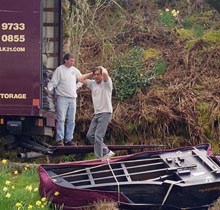FOR IMMEDIATE RELEASE
To: All Art, Music and Community Editors, Piano Music Lovers
June 3rd and 4th 2010, San Diego: Come and Meet Carl Ulrich Sauter—Master Piano Builder, Whose Family Name Still Appears On Pianos After 192 Years.
PianoSD.com is pleased to announce the visit to San Diego of the Sauter company’s owner and operator, Carl Ulrich Sauter. Mr. Sauter’s name appears on every piano manufactured by the Sauter Pianoforte Manufactur Company which has the tradition of building pianos since 1819—the longest family owned piano company in the world. “Its survival is owed to the instruments built with Tradition, Quality & Style.” describes Ric Overton of Piano SD. “Mr. Sauter is coming to insure the integrity of the Sauter name, his very own, in North America.”
Relatively new in San Diego, Sauter started with its young founder assisting in the building of pianos for Ludwig van Beethoven. Since then, the piano company has remained in the family, carried the family name and continued with its vast knowledge of piano style and construction throughout many decades. While the oldest, it is also innovative. By combining visual sophistication and unequal sound productions, Sauter is definitely a leader.
Sauter Pianos are known for their unique and superb designs.In the words of Carl Ulrich Sauter himself: “We just do not care about phony marketing strategies and target groups. We follow our dream to build the best upright or grand piano of the world and ensure that today there is a broad choice of real instruments that are far superior to the corporate cookie cutter manufacturers.” Sauter pianos qualify in every way among the best-made pianos in the world. Caring musicians select the brand for its sound qualities.
Ric Overton, owner of Piano SD, will host a public meeting for Mr. Sauter on June 3, and a chapter meeting of Piano Technical Guild on June 4. “At PianoSD.com”, says Overton, “we strive to make people happy and make music fun. With a strong emphasis on music education, we want people to understand what they are buying and understand music. Our goal is to make PianoSD.com a place where Music, Education and the Arts come together, this is why we are delighted to host Mr. Sauter and have everyone meet the man who leads the oldest piano manufacturer that still operates under its family name.”
Contact Information
Ric Overton
Owner, PianoSD.com









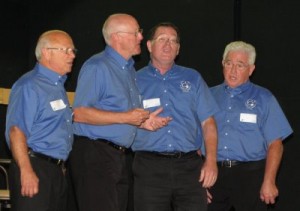
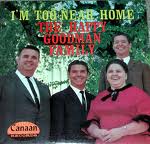
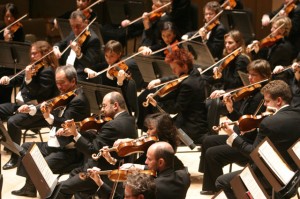
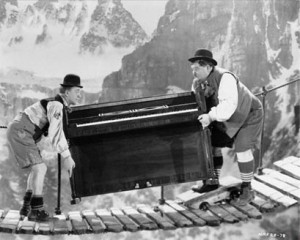 Upright pianos are generally the easiest to move. If the piano is going upstairs Precision would simply bring the necessary tools and equipment to do this. Of course, some “upright” pianos are 36″ tall while others may be up to 52″. This is important information for your movers to know BEFORE they arrive to move your piano. If the legs are decorative, they are wrapped up and blankets are put around the piano for safe keeping and then the piano is placed on a four wheel dolly and taken to the truck for transportation to its destination.
Upright pianos are generally the easiest to move. If the piano is going upstairs Precision would simply bring the necessary tools and equipment to do this. Of course, some “upright” pianos are 36″ tall while others may be up to 52″. This is important information for your movers to know BEFORE they arrive to move your piano. If the legs are decorative, they are wrapped up and blankets are put around the piano for safe keeping and then the piano is placed on a four wheel dolly and taken to the truck for transportation to its destination.